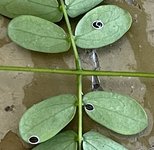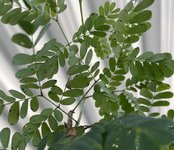MikeInFLA
Seedling
I've got about 15 BRT's on my back screened in porch. Under the leaves most of them have tiny black spots with white edges. While cutting it out I've come across a few tiny white flying bugs that aren't whitefly. Not sure what this stuff is but it's very sticky to the touch. Any thoughts? I'm in the process of defoliation as I'm not sure what else to do. I'm in South Florida so we don't really have winter. The plants are otherwise very healthy.




